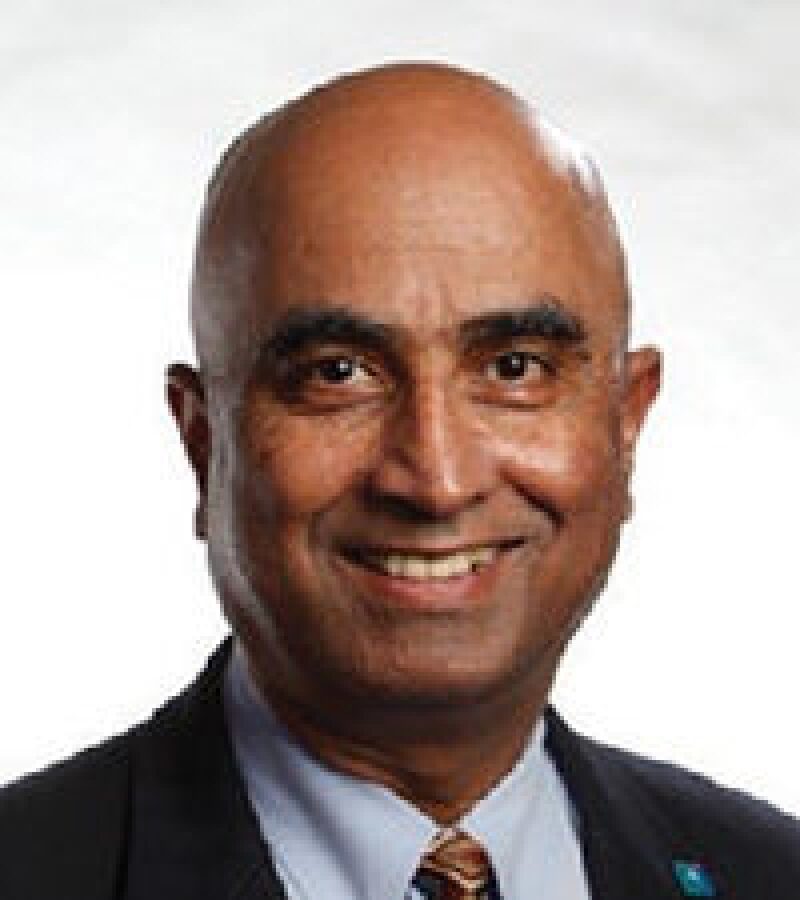In my previous features, I discussed the challenges facing carbon dioxide (CO2), both technical and economic. By far the biggest use of CO2 is in enhanced oil recovery (EOR). In this feature, the focus is on overcoming the biggest challenges facing CO2 EOR—gravity override and mobility.
When CO2 is injected into a reservoir, it has a tendency to rise and segregate to the top of the reservoir, thereby bypassing some of the remaining oil. This is primarily because of the density difference between CO2 and reservoir fluids. CO2 also fingers through the oil because of its high mobility and lower viscosity. One way to control CO2 mobility and improve its sweep efficiency (and thus improve the incremental oil recovery) is by injecting a CO2 foam or CO2 emulsion. The foam, because of its high viscosity, diverts the CO2 away from the paths already created and conforms it to previously bypassed areas of the reservoir. It does so by blocking the flow channels, thus improving reservoir sweep.
During the past several decades, and especially the last few years, considerable effort has been made to address this challenge. Most of this research has been in either viscosifying or densifying the CO2. Some of the mobility- and conformance-control methods that have been tried include surfactants that create CO2 foams, direct thickening of CO2 using polymers and gels, and nanoparticle-stabilized CO2 foams.
Some of the leading research on CO2 foams/emulsions is being carried out by, in no particular order,
- George Hirasaki’s group at Rice University
- Quoc Nguyen’s group at The University of Texas at Austin
- Texas A&M University
- Delft University of Technology
- Robert Enick’s group at the University of Pittsburgh
- Arne Graue at the University of Bergen
- IFP Energies Nouvelles in France
The papers that follow are meant to be a starting point for understanding this phenomenon and further research. The focus in the coming months and years should be on extending the field deployment of this emerging technology.
This Month's Technical Papers
CO2-Foam Field Pilot Test in a Sandstone Reservoir
Integrated CO2-Foam Pilot in a Heterogeneous Carbonate Field
Foaming Behavior of CO2-Soluble, Viscoelastic Surfactant
Recommended Additional Reading
CMTC 486622 Surfactant and a Mixture of Surfactant and Nanoparticles Stabilized CO2/Brine Foam for Gas-Mobility Control and Enhanced Oil Recovery by Z.A. AlYousef, Texas A&M University, et al.
SPE 190176 Fluoroacrylate Polymers as CO2-Soluble Conformance-Control Agents by Robert M. Enick, University of Pittsburgh, et al.


